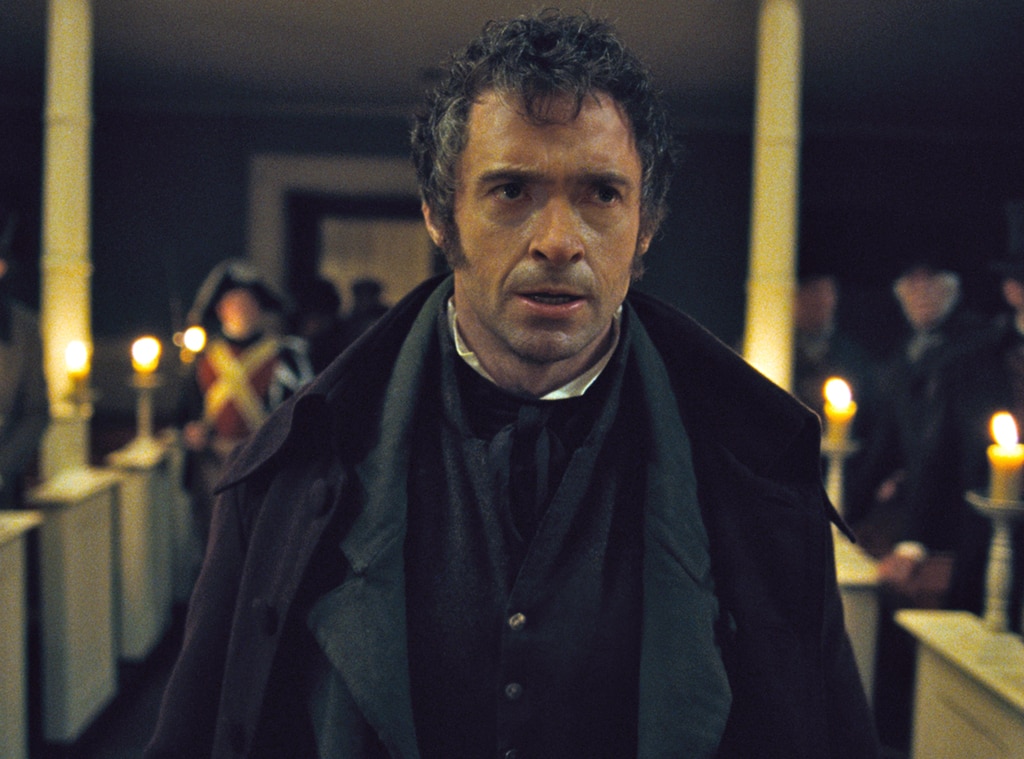

The biggest seam in the text is between these two plotlines, as they have separate, if complementary priorities. Fantine Plotline and Marius Plotline: How heavily each performance featured in each of the film’s main plotlines - the story of indigence, despair and spiritual redemption that comprises most of the first half of the movie, climaxing in 1823, and the story of romance, revolution and the barricades that comprises most of the second half, climaxing in 1832.Star power: The strength, immediacy, and presence of the performance, as the actor realized the character, informed by the star’s fame and gravitas (as it always is, or movie stars would not exist).Musical chops: A combination of virtuosity, confidence and interpretation brought to the musical aspect of the performance. These are my impressions based on seeing the film - they are not just how the character might or ought to be according to the musical or text, but how I experienced them from the audience. Using subjective judgement and an arbitrary 10-point scale, and covering the movie’s nine most important performances (with Cosette and Eponine treated as single performances, albeit by two actors each) I compiled this master table: More than in most films, the performances in Les Miserables each go on a singular journey - there are huge gulfs of tone, with the actors bringing different tools and the direction different priorities to a story already crisscrossed with plotlines of disparate scope.

Well, for those kind of questions, there are no answers quite like charts. Sweaty, weeping and exhausted, as you either march, flag raised or plunge in existential horror after Tom Hooper’s new Les Miserables film, you may ask yourself, “What just happened?”


 0 kommentar(er)
0 kommentar(er)
